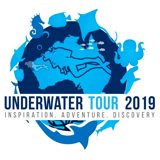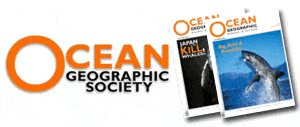- Home
- Directory
- Shop
- Underwater Cameras - Photographic Accessories
- Smartphone Housings
- Sea Scooters
- Hookah Dive Systems
- Underwater Metal Detectors
- Dive Gear
- Dive Accessories
- Diving DVD & Blu-Ray Discs
- Diving Books
- Underwater Drones
- Drones
- Subscriptions - Magazines
- Protective Cases
- Corrective Lenses
- Dive Wear
- Underwater Membership
- Assistive Technology - NDIS
- On Sale
- Underwater Gift Cards
- Underwater Art
- Power Stations
- Underwater Bargain Bin
- Brands
- 10bar
- AirBuddy
- Akona
- AOI
- Apollo
- AquaTech
- Atomic Aquatics
- aunoc
- AxisGo
- Backscatter Underwater Video and Photo
- BLU3
- Buddy-Watcher
- Cayago
- Chasing
- Cinebags
- Contour
- Deepblue
- Devilite
- Digipower
- DJI
- Dyron
- Edge Smart Drive
- Eneloop
- Energizer
- Exotech Innovations
- Fantasea
- FiiK Elektric Skateboards
- Fotocore
- Garmin
- Geneinno
- GoPro
- Hagul
- Hoverstar
- Hydro Sapiens
- Hydrotac
- Ikelite
- Indigo Industries
- Inon
- Insta360
- Intova
- Isotta Housings
- Jobe
- JOBY
- Kraken Sports
- LEFEET
- Marelux
- Mirage Dive
- Nautica Seascooters
- Nautilus Lifeline
- NautiSmart
- Nitecore
- Nocturnal Lights
- Nokta Makro
- Ocean Guardian
- Oceanic
- Olympus
- OM System
- Orca Torch
- Overboard
- Paralenz
- PowerDive
- QYSEA
- Ratio Dive Computers
- Scubajet
- Scubalamp
- Sea & Sea
- SeaDoo Seascooter
- SeaLife
- Seashell
- Seavu
- Shark Shield
- Sherwood Scuba
- Spare Air
- StickTite
- StormCase
- Sublue
- Suunto
- SwellPro
- T-HOUSING
- Tusa
- U.N Photographics
- Venture Heat
- XTAR
- Yamaha Seascooter
- Youcan Robot
- Zcifi
Over 100 new sharks and rays classified
Australian scientists have completed an ambitious 18-month project to name and describe more than 100 new species of sharks and rays.
Conducted by scientists working under the auspices of CSIRO’s Wealth From Oceans National Research Flagship, the project named a third of Australia’s – and about a tenth of the world’s – shark and ray species.
Team leader, CSIRO’s Dr Peter Last, says analysis of DNA sequences was used to clarify the identity of closely related species.
“Additional taxonomic information like this is critical to managing sharks and rays, which reproduce relatively slowly and are extremely vulnerable to over-fishing and other human impacts,” he says. “Their populations are also sensitive to small-scale events and can be an indicator of environmental change.”
CSIRO’s Dr William White says sharks and rays also play a vital ecosystem role as apex predators. “Take them away and what does it mean for the rest of the ecosystem?” Dr White says. “We can’t understand possible implications unless we know what species we’re dealing with.” “Their populations are also sensitive to small-scale events and can be an indicator of environmental change.”
The new species include:
- The endemic, Northern Freshwater Whipray and the Northern River Shark, which grow to over two metres in length, and are among the largest freshwater animals in Australia. Until recently these were confused with similar marine species.
- The Endangered Maugean Skate which has an extremely narrow distribution. It is closely related Gondwanan ancestor which lived off southern Australia some 80 million years ago, and the present day species clings to life at the south-western tip of Tasmania.
- A Critically Endangered gulper shark, the Southern Dogfish, which is endemic to the continental slope off southern Australia. It has suffered severe population declines in the past few decades.
More than 90 of the new species were identified but undescribed in the 1994 book; Sharks and Rays of Australia, by Dr Last and CSIRO’s Dr John Stevens. The new names and descriptions will feature in a revised edition of the book in 2009. Specimens of many of the new species are in the Australian National Fish Collection at CSIRO Hobart – the largest collection of preserved sharks and rays in the Southern Hemisphere.
A workshop focusing on the project’s findings will be held at Sydney’s Australian Museum on 22 September during the 2nd Annual Meeting of the Oceania Chondrichthyan Society. Involving some of the world’s leading experts in the field, the WWF-Australia-sponsored workshop also will assess priority areas of future research and management of sharks in Australian waters.
Images and more at
http://www.csiro.au/news/SharkNaming.html
![]() Contributed by Tim Hochgrebe added 2008-09-17
Contributed by Tim Hochgrebe added 2008-09-17
![]() Login or become a member to join in with this discussion.
Login or become a member to join in with this discussion.

 AOI Australia
AOI Australia
AOI underwater photographic products - a professional OEM/ODM underwater camera casings and underwater electronic products manufacturer. Great quality wet lenses for underwater photography.
Shopfront
-
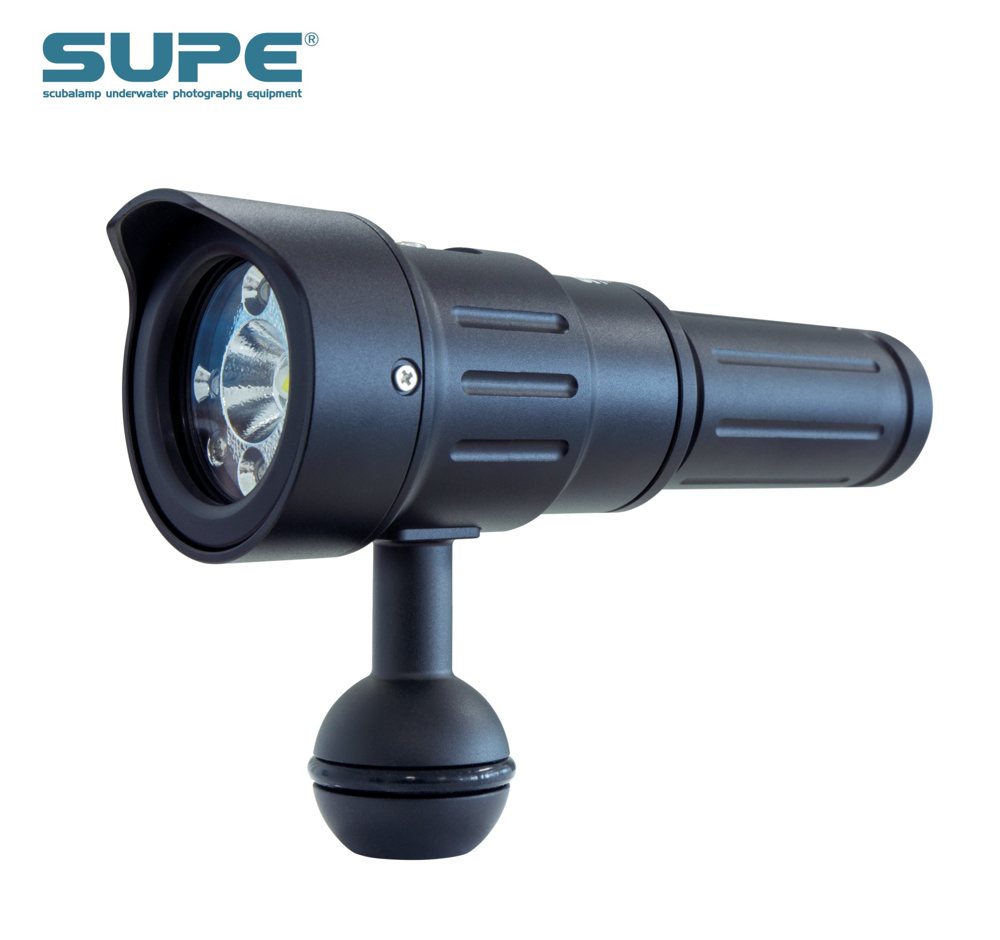 Scubalamp F22 Compact Focus Light - 2,000 lumens
Scubalamp F22 Compact Focus Light - 2,000 lumens
- Price A$ 169.00
-
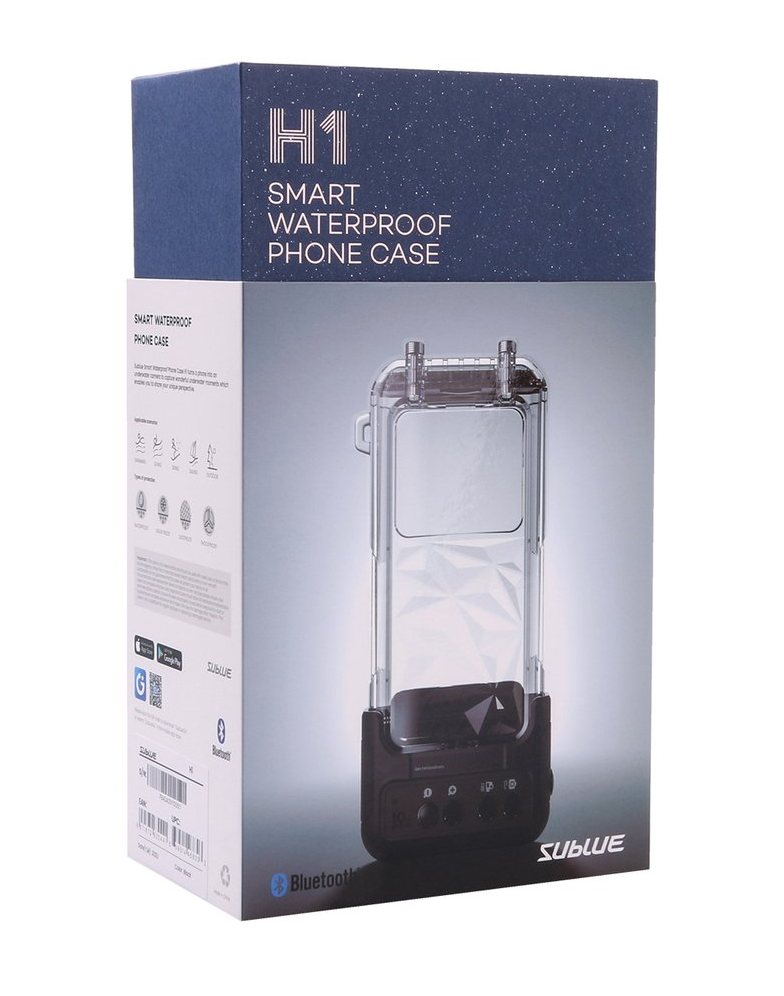 Smart Waterproof Phone Case H1
Smart Waterproof Phone Case H1
- Price A$ 189.00
-
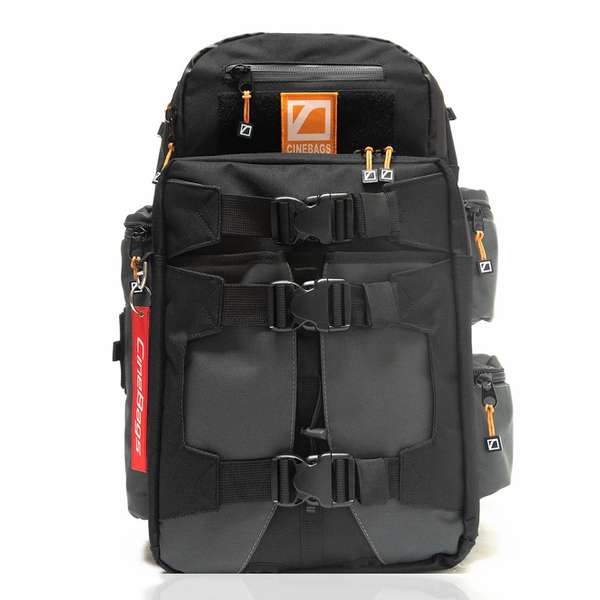 CineBags - CB25B Revolution Backpack
CineBags - CB25B Revolution Backpack
- Price A$ 519.95
-
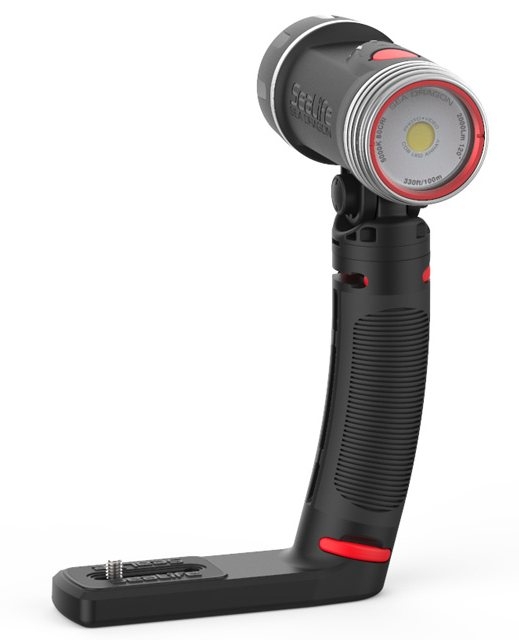 Sea Dragon 2000F Photo/Video Light - GoPro® ready
Sea Dragon 2000F Photo/Video Light - GoPro® ready
- Price A$ 539.00
-
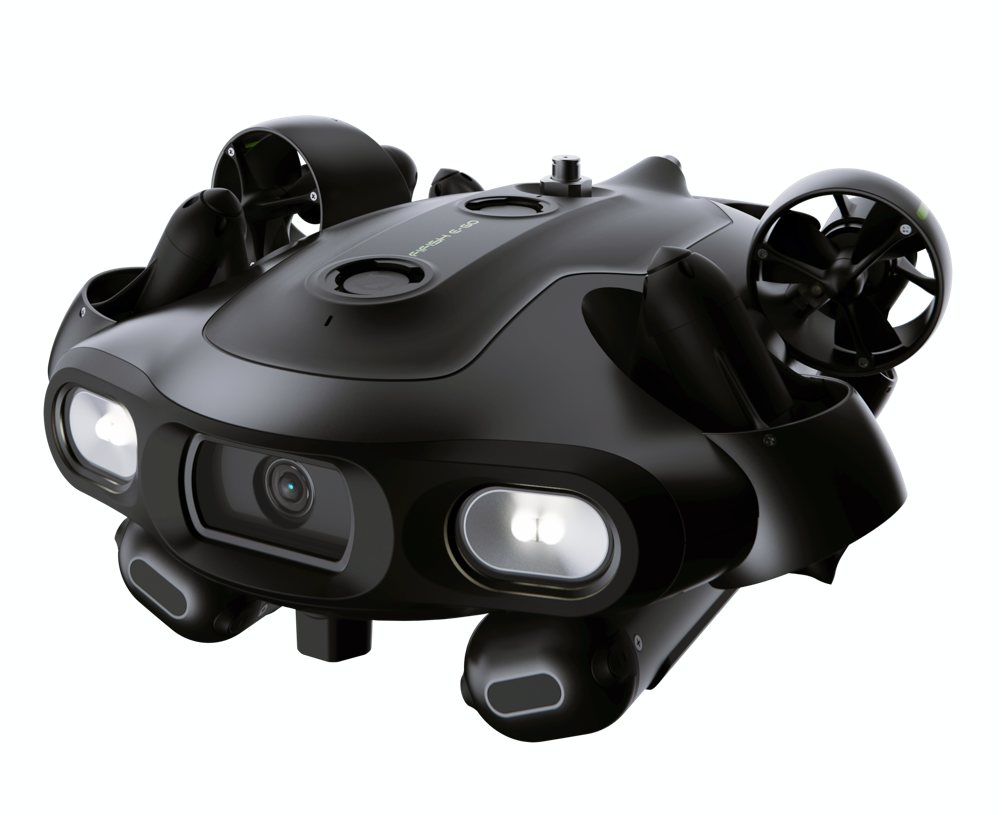 QYSEA Fifish E-GO - Next Generation Underwater Robot
QYSEA Fifish E-GO - Next Generation Underwater Robot
- Price A$ 11,999.00
-
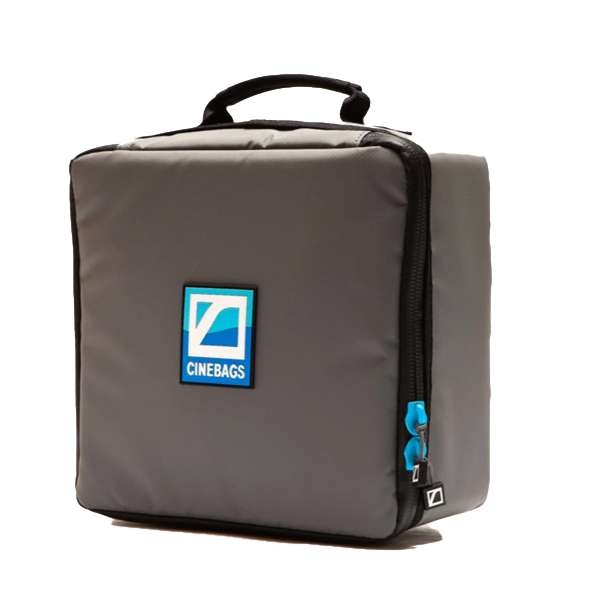 CineBags - CB71 Jumbo Dome Port Case
CineBags - CB71 Jumbo Dome Port Case
- Price A$ 143.95
-
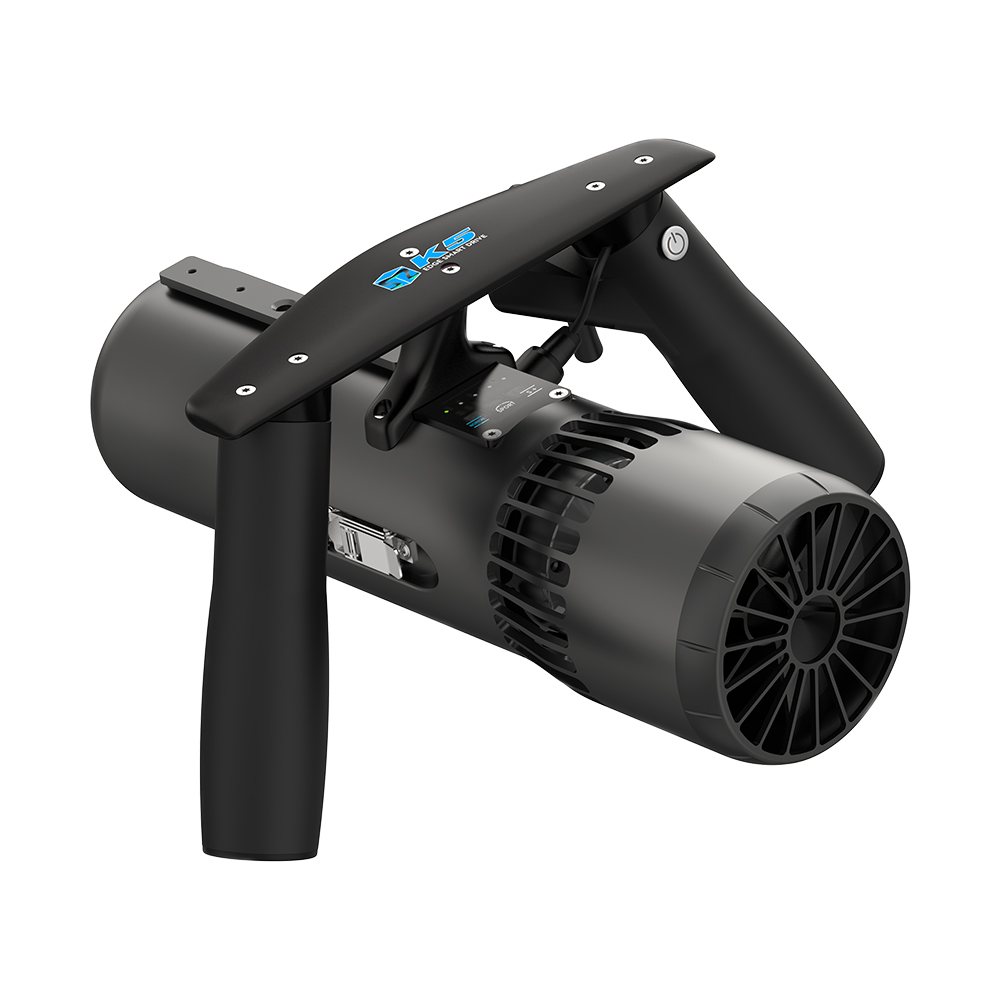 K5 Underwater Scooter
K5 Underwater Scooter
- Price A$ 999.00
-
 Kraken 5.5-inch Ultra Bright Underwater Monitor - 4K
Kraken 5.5-inch Ultra Bright Underwater Monitor - 4K
- Price A$ 2,499.00
Articles
-
 Get ready for the 5th Underwater Festival™ - The Australasia Challenge
Get ready for the 5th Underwater Festival™ - The Australasia Challenge
- The 2011 Underwater Festival™ breaks new ground in underwater shootout competitions. UF11 will feature a photo and video shootout competition that happens simultaneously all over Australasia. 25 countries spanning both hemispheres - every dive site you can imagine will be a shootout locality, every dive centre, liveaboard, dive resort in the area will be part this new kind of shootout.





